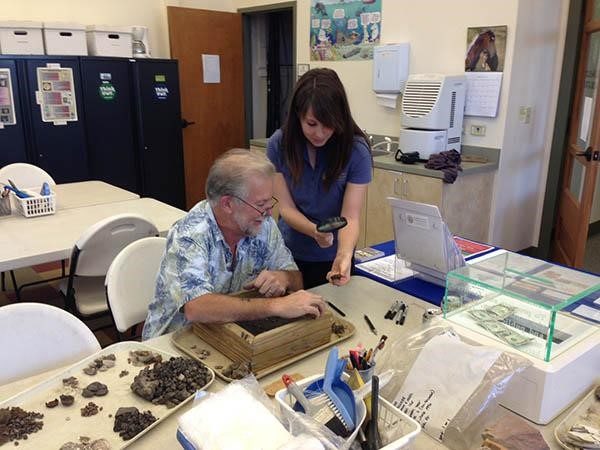By Tristan Harrenstein, Public Archaeology Coordinator, Florida Public Archaeology Network
Talk, talk speaker matey, work it move, that partner’s lazy
Not all interpretation is worth your time.
Interpretation itself is, of course, a vital part of archaeology as it builds support for preservation and it passes on those untold stories that we are uncovering, which is particularly important to descendant communities. However, sometimes the effort is simply not worth the output. Sometimes we are better off not doing the interpretation.
Now, do not use this to make excuses. This does not mean that kids are not worth our time, that we do not have to do something that takes us out of our comfort zone, or that a program which goes sour is not worth putting effort into.
However, do enough interpretation and sooner or later you will have someone take advantage of you. This can be a teacher who uses you as nothing more than a copyright free movie to entertain their class while they grade papers, an organization who dumps their responsibility on you, or an event that clearly does not care if you are actually present. Being overburdened is less a question of convenience, and more a question of whether or not our time is better spent elsewhere. What are the chances of having any sort of impact in a class that is out of control, or when nobody shows up because the host could not be bothered to advertise?
This is an issue that the Florida Public Archaeology Network (FPAN) has been dealing with since it was founded over a decade ago. When our organization was new, our approach was to take on anything and everything. This was perhaps a necessary strategy at the early stages as we were figuring out who we were and building contacts. Unfortunately, the result was certain abuses from some “partners” and an overworked, over stressed staff. I know we are not alone in this experience.

Opportunities for public outreach are far too numerous to justify this, at least in the long run. Other classrooms, schools, after school programs, libraries, home school groups, historical societies, parks, senior centers, and the list of potential audiences goes on. If a project partner’s actions or inaction disrupts our message then we do not have to work with them. There is always someone else who will welcome a program.
Sometimes this is an easy decision to make. The behavior is so egregious that returning sounds preposterous. When a teacher leaves the classroom, or when the promised single classroom of 20 kids inflates to 500, our best option is to leave right then and there. Many times, though, the decision is not so clear cut. Perhaps their involvement is just a little lacking, or perhaps, there is a real limit to how much they can do.
To the latter issue, we must tailor our expectations. We simply cannot demand as much from a rural museum run by five volunteers as we should from a state-run museum. When the involvement is there but not to the degree we would wish for, we need to weigh patience against time invested. If reasonable, the best thing we can do is simply let them know (as gently but directly as possible) what we want to see for future programs.
We will have to use our discretion when deciding where exactly these cutoffs should lie and perhaps must rely upon time and experience for refinement. Informing a partner that we do not intend to work with them again is very uncomfortable but our time and energy is valuable and we should seek out those who understand this. There is always a new audience.

